Discover the essentials for a successful backpacking trip using backpacking packing list or packing list guide. Get a free PDF list to get started today.
Packing efficiently and effectively is crucial when embarking on your adventure, and we’re here to help you do just that. Our free PDF packing list is free to download.
Contents
Our checklist PDF will ensure you have all the necessary items for a comfortable journey. From clothing and gear to essential supplies, we’ve got you covered.
Don’t waste time searching for what you need – our guide provides a point-by-point breakdown of everything you should pack.
Get ready to hit the trails with confidence knowing you have everything you need for an unforgettable backpacking experience.
Download Backpacking Packing List Free
Backpacking Packing List
To ensure a successful and enjoyable backpacking trip, it’s crucial to have a comprehensive packing list.
This list will help you pack smartly, maximizing space while minimizing weight.
It ensures that you have all the necessary items for safety and convenience during your adventure.
Essential Items for Safety and Convenience
When preparing your backpacking gear, make sure to include the following essential items:
- Backpacking Pack: Choose a durable and comfortable backpack that fits your body well.
- Day Pack: Carry a smaller day pack for shorter excursions from your campsite.
- Sleeping Bag: Invest in a quality sleeping bag suitable for the expected weather conditions.
- Hiking Boots: Wear sturdy and comfortable hiking boots to protect your feet on rugged terrains.
- Water Bottles: Carry enough water bottles or a hydration system to stay hydrated throughout the trip.
- First Aid Kit: Pack a compact first aid kit with essential supplies like bandages, antiseptic wipes, and pain relievers.
- Navigation Tools: Bring a map, compass, or GPS device to navigate unfamiliar trails accurately.
Be Prepared for Any Situation
In addition to the essentials mentioned above, consider these items for various situations:
- Clothing Layers: Pack appropriate clothing layers for different weather conditions, including rain gear and thermal wear.
- Food and Cooking Supplies: Plan meals ahead and bring lightweight food options suitable for backpacking trips. Don’t forget cooking utensils like pots, pans, and stove fuel if needed.
- Lighting Equipment: Carry headlamps or flashlights with extra batteries to navigate in low-light conditions at night.
- Personal Hygiene Items: Include toiletries like toilet paper, hand sanitizer, toothbrushes, toothpaste, and biodegradable soap.
- Emergency Shelter Options: Consider carrying an emergency blanket or lightweight tent in case of unexpected weather changes or emergencies.
Remember, this backpacking packing list is a general guide. Adjust it according to the duration and location of your trip.
Prioritize safety, comfort, and weight when making your final gear selections. Happy backpacking!
Essential Gear and Kitchen Essentials
When you’re heading out on a backpacking adventure, there are some essential gear items and kitchen essentials that you don’t want to forget.
Equipping yourself with the right tools will ensure that you’re prepared to tackle the great outdoors and make the most of your trip.
Must-Have Gear Items
- Rain Gear: Mother Nature can be unpredictable, so it’s important to pack rain gear such as a waterproof jacket or poncho. This will keep you dry during unexpected showers.
- Extra Clothes: Pack an extra set of clothes in case yours get wet or dirty. It’s always good to have a backup option when you’re out in nature.
- Utensils: Don’t forget to bring utensils for cooking and eating. A lightweight set of utensils made from durable materials like titanium is recommended.
- Toilet Paper: When nature calls, having toilet paper on hand is crucial. Make sure to pack a small roll or individual packets for convenience.
- Mask: In today’s world, it’s important to prioritize safety and hygiene. Carry a mask with you in case you encounter crowded areas or need extra protection.
Kitchen Essentials
- Cooking Kit: Invest in a compact cooking kit that includes a stove, pot, and pan for easy meal preparation while camping. Look for lightweight options that won’t weigh down your backpack.
- Food Storage: Keep your food organized and protected from critters by using sealed containers or resealable bags. This will prevent any unwanted surprises when it comes time to eat.
- Utensil Set: A handy utensil set with a spoon, fork, and knife can make eating meals much easier while on the go.
Remember, having the right gear and kitchen essentials will make your backpacking experience more enjoyable and stress-free.
Be sure to check off everything on your gear list before you head out into the wild. Happy backpacking!
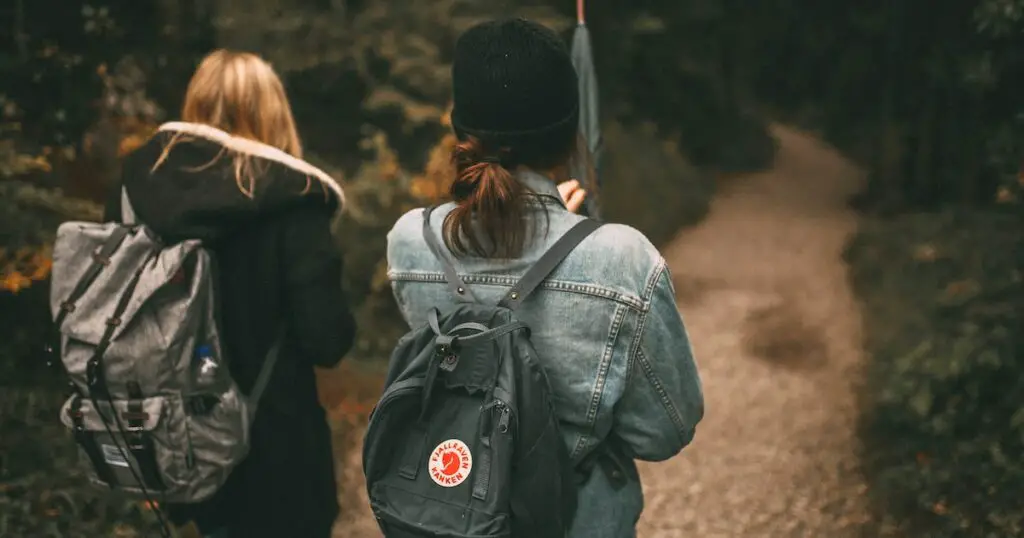
Hiking Pants or Shorts for Your Adventure
It’s essential to consider your needs and preferences. The right choice can make a significant difference in your overall hiking experience.
Materials that Offer Comfort, Durability, and Flexibility
Look for hiking pants or shorts made from materials that provide comfort, durability, and flexibility on the trail. Some popular options include:
- Nylon: Lightweight and quick-drying, perfect for warm weather hikes.
- Polyester: Moisture-wicking and breathable, ideal for intense activities.
- Spandex: Offers stretch and mobility for unrestricted movement.
Protection from the Elements
Your clothing choices should also protect you from elements like the sun, insects, and rough terrain. Here are some options to consider:
- Sun Protection: Look for pants or shorts with UPF (Ultraviolet Protection Factor) to shield you from harmful UV rays.
- Insect Repellent: Choose pants treated with insect repellent properties to keep those pesky bugs at bay.
- Abrasion Resistance: Opt for durable fabrics that can withstand rugged terrain without tearing easily.
Optimizing Your Hiking Experience
Selecting the right hiking pants or shorts can optimize your overall hiking experience. Here are a few factors to keep in mind:
- Fit: Ensure a comfortable fit that allows freedom of movement without being too tight or loose.
- Pockets: Look for pants or shorts with enough pockets to store essentials like maps, snacks, or small gear items.
- Convertible Options: Consider convertible pants that can be converted into shorts when needed.
Water Storage, Filtration, and Organization
To ensure a successful backpacking trip, it’s crucial to have a reliable water storage system in place.
Here are some key points to consider for water storage, filtration, and organization during your adventure:
Different Water Storage Options
You have several options to choose from. Some popular choices include:
- Water bottles: Lightweight and easy to carry, water bottles are a convenient option for short hikes or day trips.
- Hydration bladder: These reservoirs can be placed inside your backpack and come with a tube for easy access to water while on the move.
- Collapsible water containers: Ideal for longer trips or areas with limited water sources, these containers can be folded up when empty.
Effective Filtration Methods
Ensuring access to clean drinking water is essential for any backpacking journey. Consider the following filtration methods:
- Water filters: Compact and portable filters remove impurities from natural water sources such as rivers or streams.
- Water treatment tablets: These tablets help purify questionable water by killing bacteria and viruses.
- Boiling: Bringing water to a rolling boil for at least one minute is an effective way to kill harmful microorganisms.
Organizing Your Water Supply
Keeping your water supply organized and easily accessible is important during hikes. Here are some tips:
- Use separate compartments in your backpack dedicated to storing filled water bottles or hydration bladders.
- Consider using waterproof stuff sacks or dry bags to protect your gear from potential leaks or spills.
- Utilize external pockets or mesh pouches on your backpack for quick access to smaller bottles.
Remember that staying hydrated throughout your journey is crucial.
Implement proper water management techniques by rationing your supply wisely and refilling whenever possible from reliable sources along the trail.
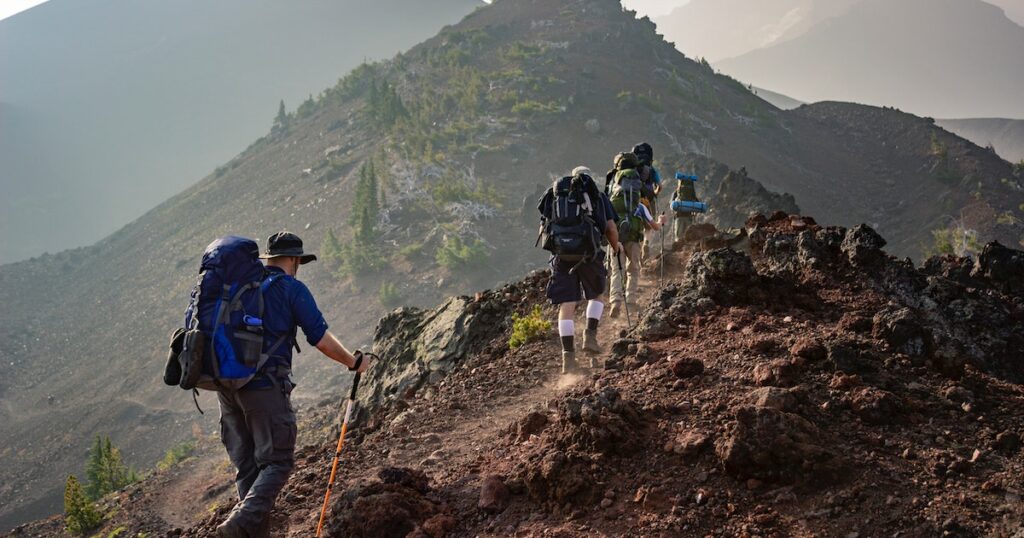
Backpacking Stove and Fuel for Cooking Outdoors
When you’re out backpacking in the great outdoors, having a reliable stove for cooking is essential.
Let’s explore the different types of backpacking stoves available and the fuel options to consider.
Types of Backpacking Stoves
There are several types of backpacking stoves to choose from:
- Canister Stoves: These compact stoves use pre-filled fuel canisters that are easy to attach and ignite. They are lightweight and ideal for solo or small group camping trips.
- Liquid Fuel Stoves: These versatile stoves run on liquid fuels like white gas or kerosene. They offer excellent performance in extreme weather conditions and high altitudes but can be bulkier.
- Wood-Burning Stoves: These eco-friendly stoves rely on twigs, leaves, and other natural materials as fuel. They are lightweight, but it takes time to gather fuel and they may not be suitable in areas with fire restrictions.
- Solid Fuel Tablets: These compact tablets burn efficiently, making them a convenient option for short trips or emergency situations. However, they may take longer to boil water compared to other stove types.
Choosing the Right Fuel
Different fuels have their advantages and considerations:
- Isobutane-propane canisters are popular due to their convenience, efficiency, and ease of use.
- White gas is highly efficient in cold temperatures but requires priming before use.
- Alcohol is lightweight but burns at a lower heat output.
- Wood is abundant in nature but may not be allowed in certain areas due to fire hazards.
Consider factors such as weight, availability of fuel on your route, cooking needs, and environmental impact when selecting a stove and fuel combination.
Remember that some backcountry areas require the use of bear canisters for food storage while others might have restrictions on open fires.
Familiarize yourself with the regulations and plan accordingly.
By choosing a suitable backpacking stove and fuel, you can enjoy delicious meals while immersing yourself in nature’s beauty.
Camera Gear and Electronics for Memories
To capture those unforgettable moments during your backpacking trip, it’s essential to have the right camera gear and electronics.
These devices will help you preserve memories and document your adventures.
When choosing equipment, consider your photography needs in outdoor environments and opt for lightweight and durable options.
Capture Unforgettable Moments
Having a good quality camera or smartphone can make all the difference in capturing stunning photos of your backpacking journey.
Look for cameras that are compact, lightweight, and easy to carry.
Consider features like image stabilization, water resistance, and a wide-angle lens for capturing landscapes.
Preserve Memories with Electronics
In addition to a camera, there are other electronics that can enhance your backpacking experience.
A smartphone is a versatile device that allows you to stay connected, navigate with GPS apps, and even download helpful outdoor guides.
Just make sure to bring extra batteries or a portable charger to keep your devices powered up throughout the trip.
Protect Your Devices from the Elements
When you’re out in nature, it’s important to protect your electronic devices from the elements.
Consider investing in waterproof cases or bags that provide protection against rain or accidental splashes.
If you’re bringing a laptop or tablet, ensure they are stored securely in padded sleeves or cases to prevent damage.
Lightweight Options are Key
Backpacking is all about traveling light, so choose electronics that won’t weigh you down. Opt for lightweight options whenever possible without sacrificing functionality.
For example, consider using a compact tripod instead of a bulky one if you need stability for long exposure shots.
Don’t Forget the Essentials
While it’s great to have fancy gadgets and gear, don’t forget the essential items like duct tape!
Duct tape can come in handy for quick repairs on gear or even as an improvised strap for securing equipment while hiking. It’s always better to be prepared!
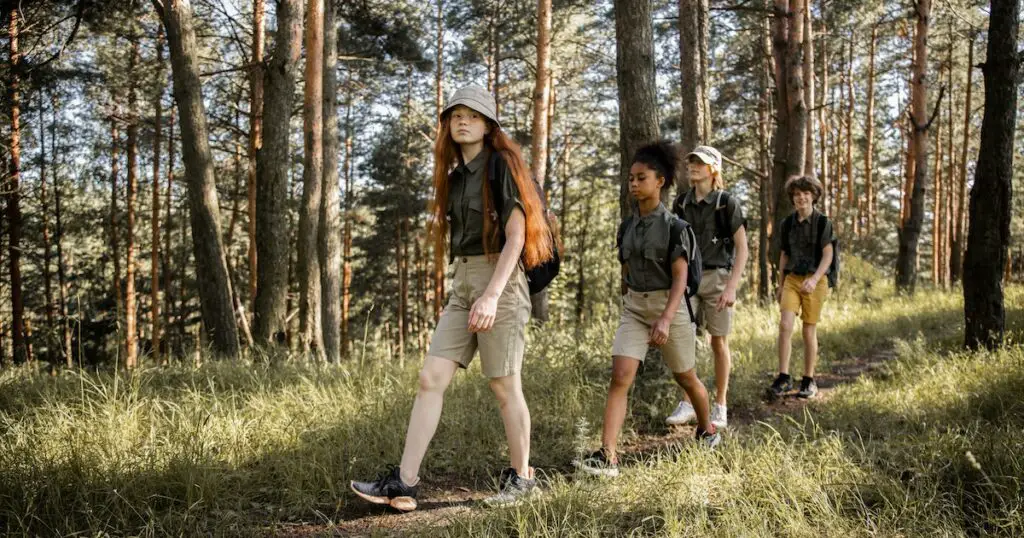
Hydration Options: Bottles or Reservoirs
You have two main options: water bottles or reservoirs.
Let’s explore the pros and cons of each to help you decide which option is more suitable for your backpacking style and preferences.
Pros and Cons of Water Bottles:
- Pros: Water bottles are lightweight and easy to carry, making them a convenient option for shorter hikes or day trips. They come in various sizes, allowing you to choose one that fits your hydration needs. They are readily available at most outdoor stores and can be easily refilled from natural water sources along the trail.
- Cons: One downside of water bottles is their limited capacity. If you’re going on a longer backpacking trip, you may need multiple bottles or have to refill them frequently. Another consideration is accessibility; it can be challenging to reach for a bottle while on the move without taking off your backpack.
Pros and Cons of Reservoirs:
- Pros: Reservoirs, also known as hydration bladders, offer a larger capacity than water bottles, typically ranging from 1.5 to 3 liters. This makes them ideal for longer hikes or overnight trips where access to water sources may be limited. The hose attachment allows for easy sipping without having to stop or remove your pack.
- Cons: While reservoirs provide convenience in terms of accessibility and capacity, they do come with some drawbacks. The added weight of the reservoir itself can make your pack feel heavier overall. It’s also important to maintain proper hygiene by cleaning and drying the bladder regularly.
When choosing between water bottles and reservoirs, consider factors such as weight ratio (how much liquid you’ll need).
Convenience (ease of access during hiking), accessibility (availability of natural water sources), and personal preference.
Remember, staying hydrated on the trail is crucial for maintaining energy and avoiding dehydration.
Choose the option that best suits your needs and enjoy your backpacking adventure!
Download Backpacking Packing List Free
Conclusion
After reviewing the essential sections of the backpacking packing list, it is evident that careful consideration and preparation are crucial for a successful adventure.
From selecting the right gear and equipment to ensuring proper hydration and organization.
Every detail plays a significant role in enhancing your backpacking experience.
By following this comprehensive guide, you can confidently embark on your next journey knowing that you have packed efficiently and effectively.
To further optimize your backpacking packing list, consider these additional tips:
research the weather conditions of your destination to pack appropriate clothing layers, invest in lightweight and compact gear options to minimize weight.
And always prioritize safety by including a first aid kit. Remember, thorough planning is key to avoiding unnecessary stress during your trip.
FAQs
1. What type of backpack should I choose for backpacking?
When selecting a backpack for backpacking, opt for one that offers ample storage space while being comfortable to carry over long distances. Look for features such as adjustable straps, padded hip belts, and multiple compartments for easy organization.
2. How much water should I carry while backpacking?
The amount of water you should carry depends on various factors such as the length of your hike, weather conditions, and availability of water sources along the trail. As a general guideline, aim to carry at least two liters of water per person per day.
3. Do I need special hiking pants or shorts?
Investing in hiking-specific pants or shorts can greatly enhance your comfort and mobility on the trail. Look for options made from quick-drying materials with moisture-wicking properties to keep you dry during sweaty hikes.
4. Can I bring my camera gear on a backpacking trip?
Yes! Capturing memories of your outdoor adventures is an excellent idea. However, consider investing in lightweight camera gear that won’t add excessive weight to your pack. Ensure you have a secure and padded case to protect your equipment.
5. How should I clean my backpacking stove?
Cleaning your backpacking stove is essential for its longevity and performance. Follow the manufacturer’s instructions for cleaning, but generally, you can wipe off any excess food or residue with a damp cloth and use a mild soap if necessary.

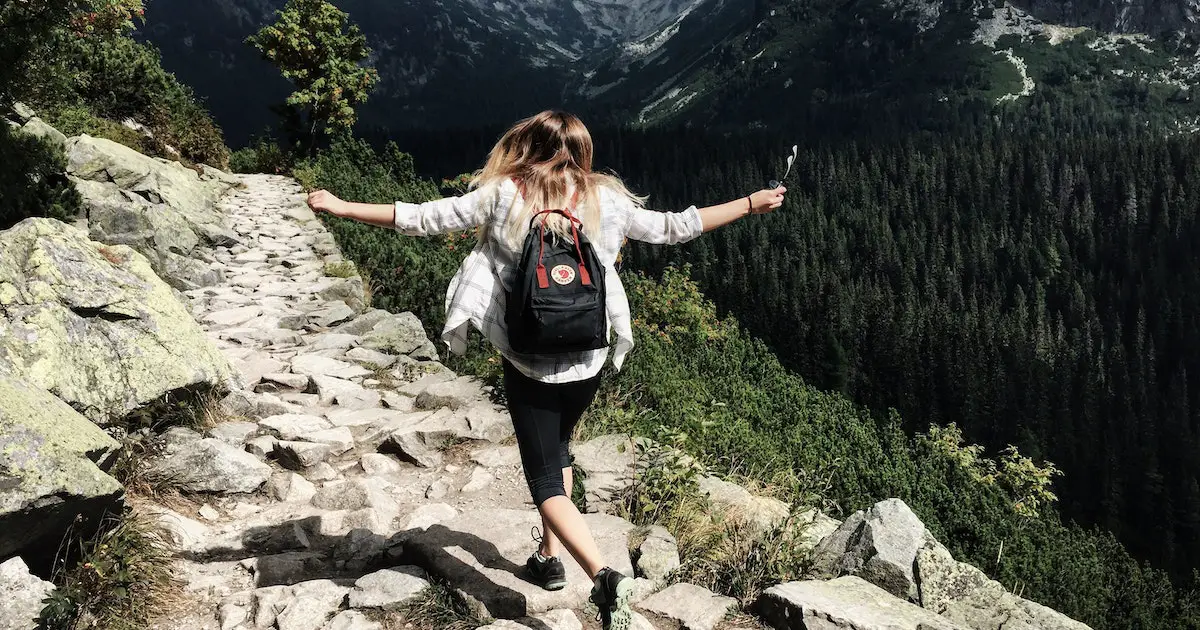

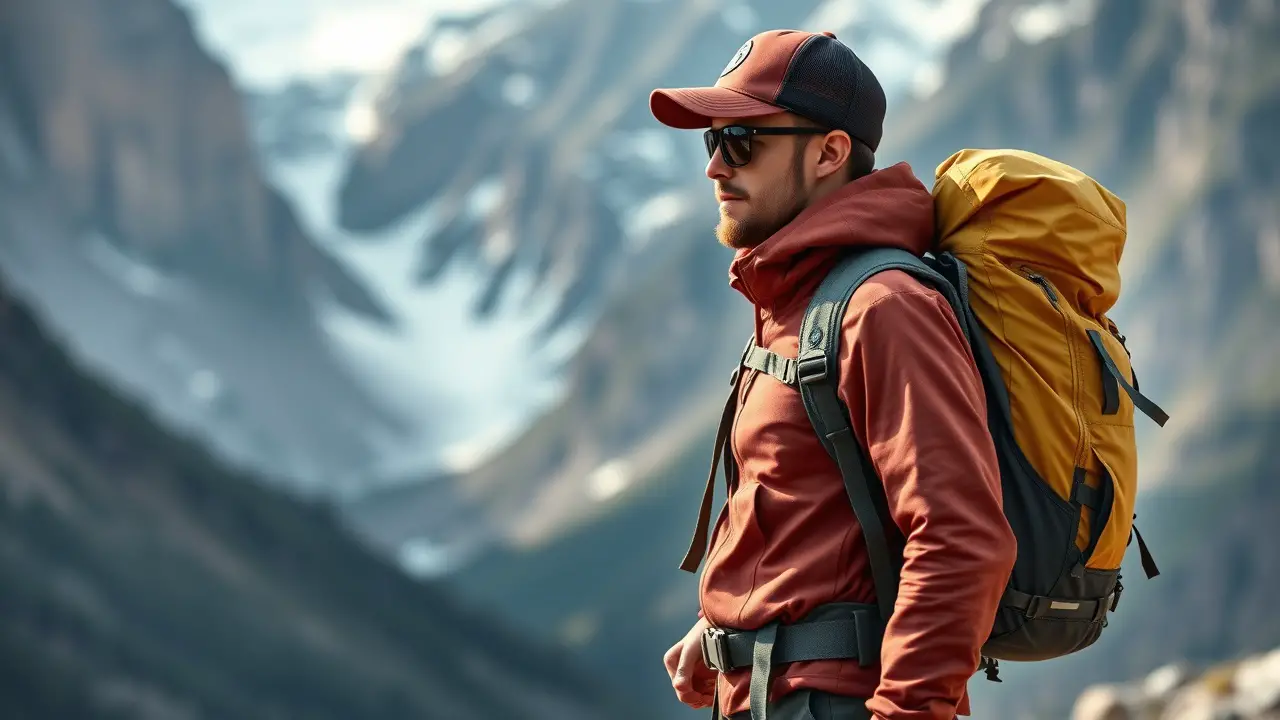
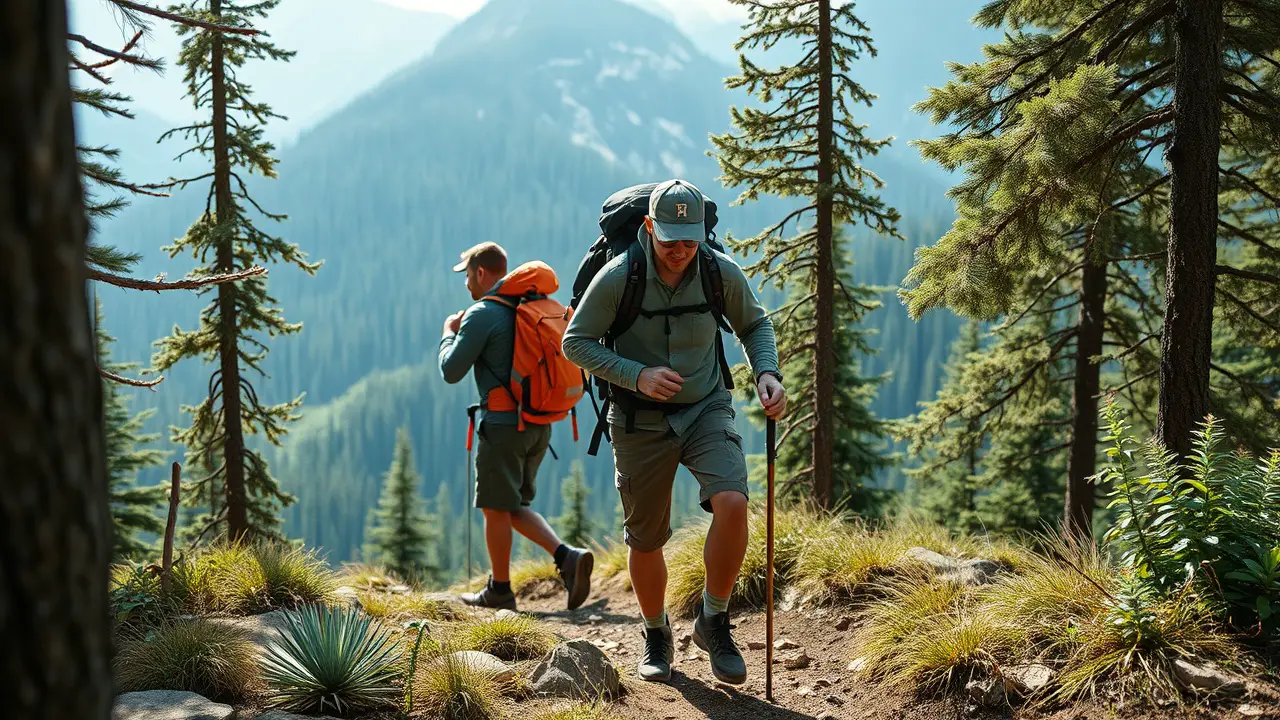
Leave a Reply